Photographed by Captain H. A Sanders. H1128. NZ RSA Collection. Alexander Turnbull Library, Wellington, New Zealand.
Photographed by Henry Armytage Sanders. H1309 NZ RSA Collection. Alexander Turnbull Library, Wellington, New Zealand.
Photographed by Henry Armytage Sanders. H1309 NZ RSA Collection. Alexander Turnbull Library, Wellington, New Zealand.
Photographed by Henry Armytage Sanders. H1157 NZ RSA Collection. Alexander Turnbull Library, Wellington, New Zealand.
Photographed by Henry Armytage Sanders. H1153 NZ RSA Collection. Alexander Turnbull Library, Wellington, New Zealand.
Photographed by Henry Armytage Sanders. H1240 NZ RSA Collection. Alexander Turnbull Library, Wellington, New Zealand.
Photographed by Henry Armytage Sanders. H1311 NZ RSA Collection. Alexander Turnbull Library, Wellington, New Zealand.
The Le Quesnoy Story
After four long years of German occupation, on the 4th of November 1918 the citizens of Le Quesnoy were finally freed by New Zealand soldiers.
This liberation of the walled town by ladder was a feat so unusual it even made the New York Times.
The New Zealanders did not fire over the ramparts, preserving civilian lives within the town. While there was New Zealand loss of life fighting for the freedom of the French, not one citizen of the town died in the battle.
New Zealanders in WWI
When the 8,500 men of main body sailed from New Zealand to France in October 1914, they were diverted to the Gallipoli campaign. To make up a Division the New Zealanders combined with two Australian brigades to form the ANZAC (Australia New Zealand Army Corps) Division.
When the Kiwis later get to France, the New Zealand Division is formed in March 1916 and their leader is Andrew Russell. Major General Andrew Russell will survive the war and ride into the gates of Le Quesnoy in November 1918 in New Zealand’s last battle of the war. However, before that day would come, the New Zealand Division would fight a long and arduous war, far from home. While any given day in battle was difficult, there were some well-known battles for the Kiwis, like Passchendaele, where we lost the greatest number of New Zealanders ever (846) on one day, to this day. The New Zealand Division grew in strength on the Western Front and became hugely respected. By the time they reached Le Quesnoy they were a formidable force.
To find out more about New Zealand’s role in WWI, please head to the useful links part of our site.
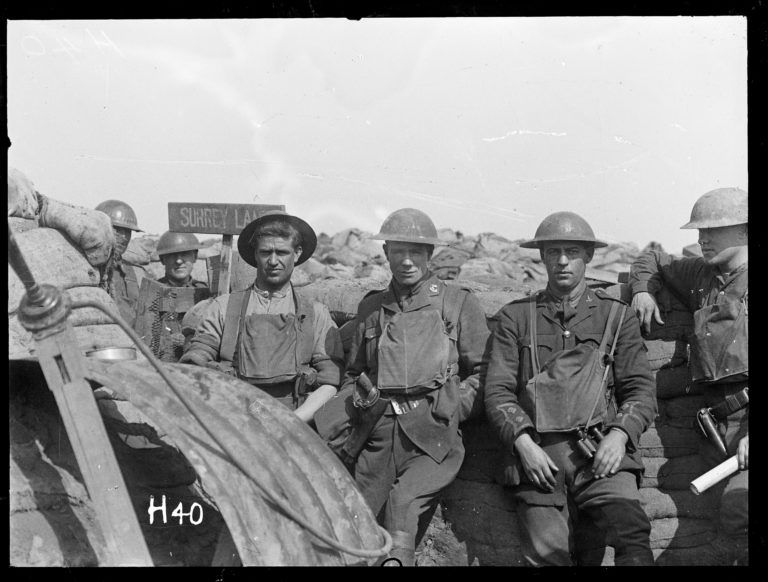
A small group of New Zealand officers leaning on sandbags in the trenches in the Messines Sector during World War I, May 1917. Photographed by Captain H. A Sanders. H40. NZ RSA Collection. Alexander Turnbull Library, Wellington, New Zealand.
The Huge Walls of Le Quesnoy
Designed by military engineer Sebastian Vauban, the fortified outer walls of Le Quesnoy stand six and eight metres tall. The innermost wall is an impenetrable 13 metres. Behind these walls are some 1,600 citizens, and c. 2,000 German captors.
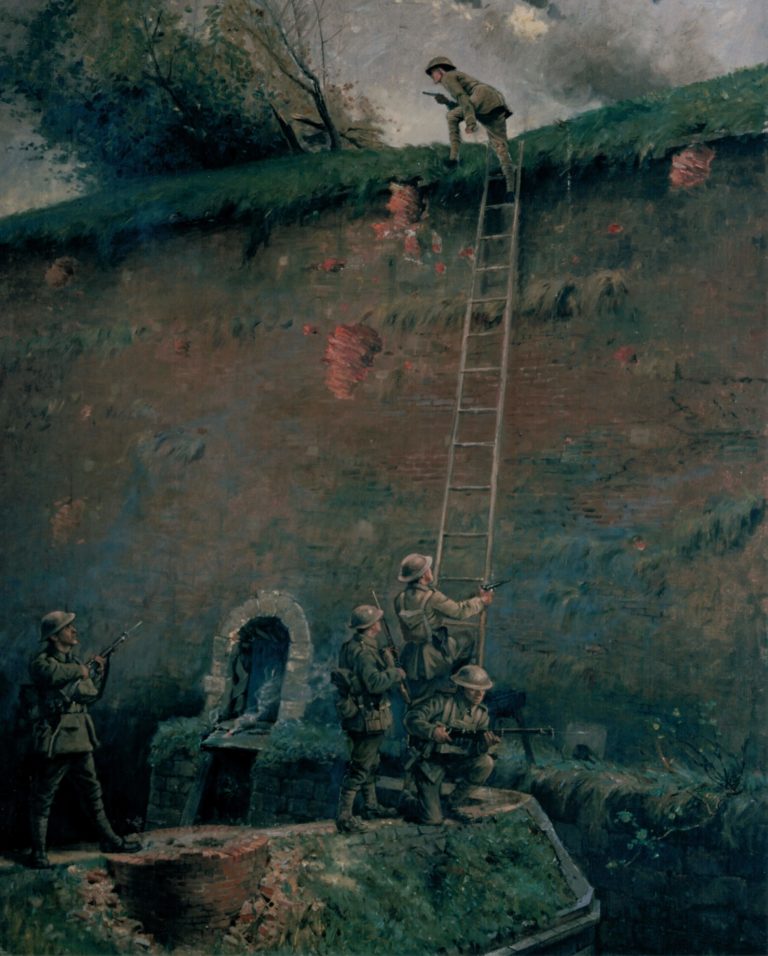
Le Quesnoy’s Liberation by Ladder
Surrounded by complex layers of walls and moats, getting close enough to find a way to possibly scale the huge innermost ramparts of Le Quesnoy was never going to be easy for the New Zealand soldiers.
The walls of Le Quesnoy could have been quickly reduced to rubble by heavy artillery, but that was not to be the plan. To ensure the least amount of damage to the town, and potential loss of residents’ lives, the day dawned with the New Zealand soldiers firing 500 flaming oil drums onto the ramparts of the western walls to create a thick smoke screen which allowed the New Zealanders some cover from the German forces.
By 9am the town was surrounded by the New Zealand Rifle Brigade. Undeterred, the German occupiers stayed in the town, with no intention to surrender.
The New Zealanders moved closer to the innermost wall of the town during the morning, but soon realised their ladders would were going to be too short to scale the huge, final 13-metre sheer brick wall.
A group of men got close enough to the wall to identify one place that offered a chance. Here, a narrow ledge higher up from the moat floor, meant a ladder might possibly be placed to reach the top of the wall. At around midday, a group of soldiers got close enough to the inner wall to attempt placing four long ladders against the ramparts to scale the walls. The Germans, however, fought back from above, and only one of the ladders survived the onslaught.
At 4pm, a chance presented itself and the one remaining ladder was set up on the narrow ledge. It did indeed reach the top. Under the cover of intense rifle fire, Second Lieutenant Averill, followed by Second Lieutenant Kerr and his platoon, climbed the ladder and were quickly over the top and into the town. After exchanging shots with fleeing Germans, the New Zealanders entered the town – some up this same ladder and very soon after, many others through different entry points in the town. Some 2,000 German soldiers surrendered and the c.1,600 French occupants in the town were liberated without the loss of a single civilian life.
The people of Le Quesnoy were overjoyed and came out from hiding to excitedly greet their liberators. Cheering, they embraced them, offered food, and showered them with autumn flowers, before they patriotically flew the Tricolour from their buildings. Salvation had been delivered, not by the English they expected, but from men who came from the uttermost ends of the earth.
“The taking of Le Quesnoy becomes almost the cornerstone around which we build New Zealand achievements in the First World War.”
Dr. Chris Pugsley, Military Historian
Courage, Heroism and Sacrifice
Known as ‘The Battle of Sambre’, current research shows 196 New Zealanders are known to have died between the 1st and 7th of November 1918 in this battle – or later from injuries sustained in this period. The taking of Le Quesnoy on the 4th of November was a significant event in this period, with that particular day accounting for three quarters of these causalities. Many of the men who were killed had survived the bloodshed of Gallipoli, the Somme and Passchendaele, to die just a few days before the end of World War I. Some would even see the war finish before their injuries proved fatal. Christopher Pugsley, ONZM is regarded as one of New Zealand’s foremost authorities on war and he has compiled, with the help of others, the names of these 196 men with a little about each of them. This list can be found in his book: Le Quesnoy 1918.
New Zealand’s overall World War I cost in human terms was enormous for a country whose population only just exceeded one million. During 32 months of service in France and Belgium, the New Zealand Division was to incur in the region of 48,000 casualties. Over 12,500 men died in France and Belgium, the largest death toll of our people, in one time, than at any other period in our country’s history.
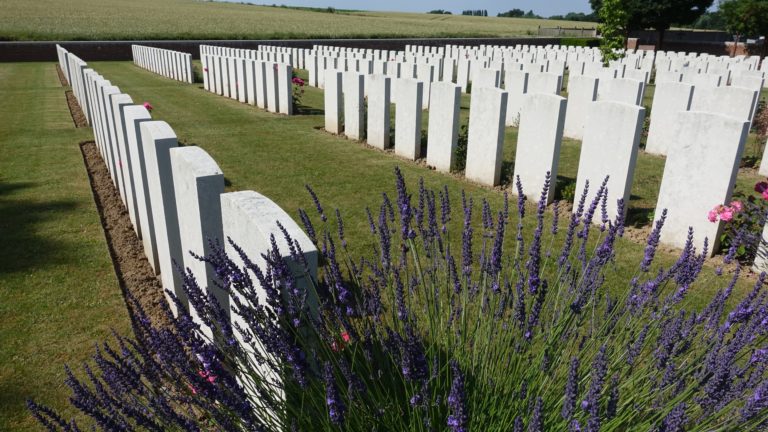
From Freedom, the Friendship Began
Men would often write a diary, or letters home. Some would write memoirs after the war, piecing this period of their live together. 2nd Lieutenant Leslie Averill (first man over the ladder) and Sergeant Reginald Hird, both from the 4th Battalion of the Rifle Brigade, were two such men.
Here’s what they had to say about what happened once they were over the ladder. These emotional moments in 1918 started a friendship between the people of Le Quesnoy and New Zealand that has continued to blossom.
An excerpt from 2nd Lieutenant Leslie Averill’s Memoir
After being at the heel of the Hun for four years, the delights of the people of Le Quesnoy on being free once again, knew no bounds. That their liberators had come from the other side of the world to help them in their time of need impressed them very greatly. The civil population were delighted and relieved to be free citizens once more. Many of the citizens had been treated rather roughly and were anxious for our soldiers to inflict similar indignities on the now defeated enemy. Our men, of course, did not fall in with this idea now that our opponents were prisoners of war.
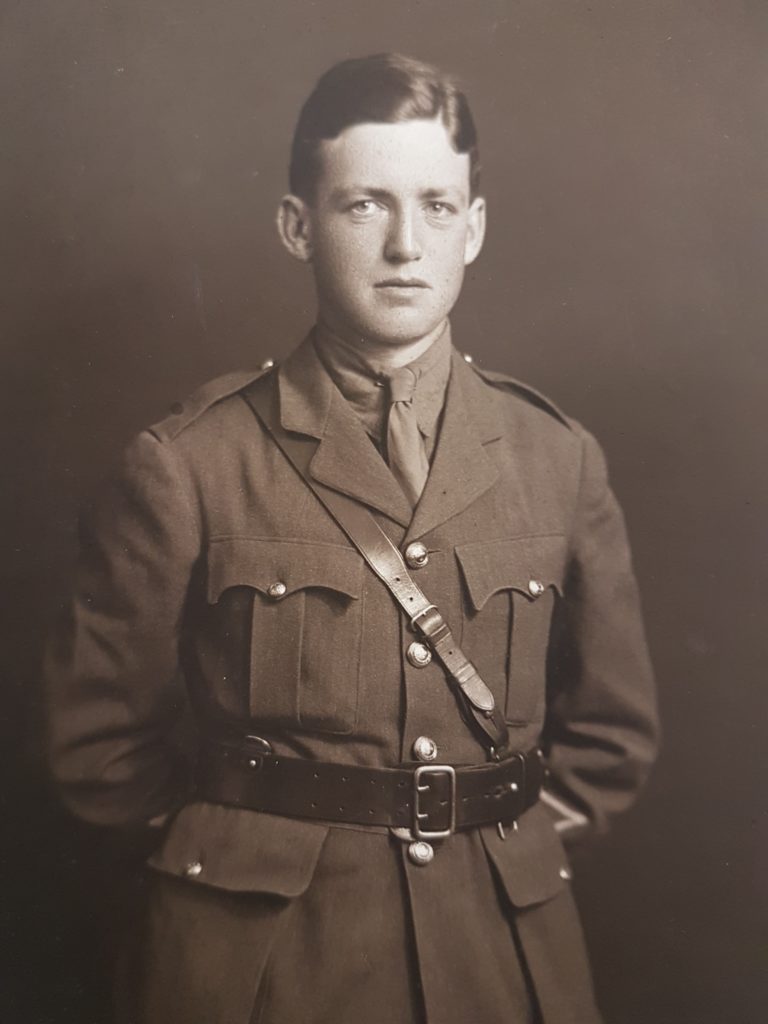
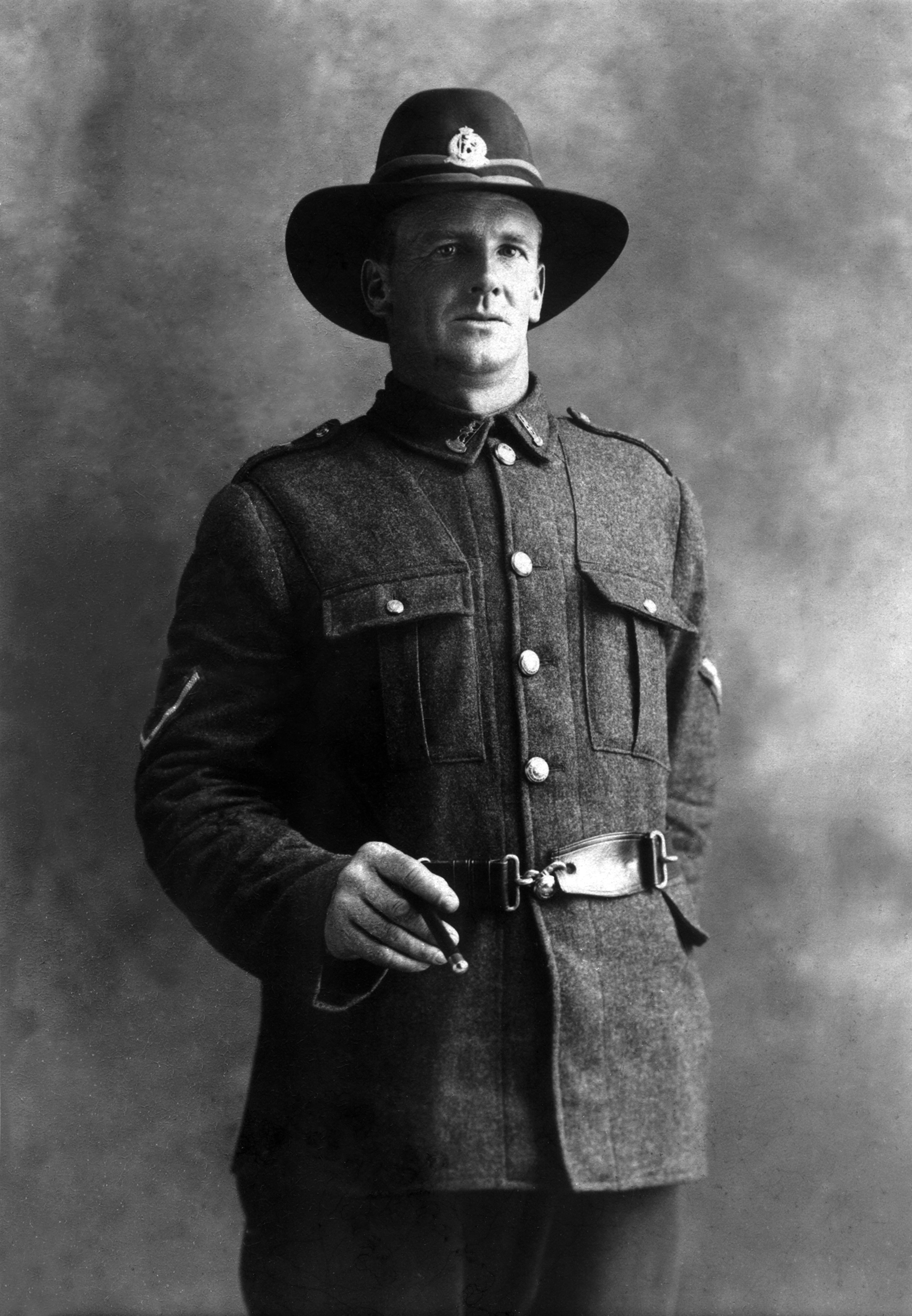
An excerpt from Sergeant Reginald Hird’s letter home to Nellie Dean (his future wife)
By 4 o’clock we had got a footing on the walls of the citadel and after a sharp fight had captured the whole garrison of 2,000 men, one of the greatest feats yet done by the New Zealand troops. We marched up to the city square and it was a splendid reception that we got from the civilian population. There were over 1,000 of them and they swarmed out of the tunnels and cellars where they had been hiding while the fighting was on. They cheered and feted and even kissed us. Little boys and girls hung onto our hands, and it was impossible to march along. Young and old put their arms around our necks and it got quite embarrassing but poor souls they had been harshly treated.
A Kiwi Town in France
The liberation began an enduring friendship between the people of this little town and our nation, which has only strengthened over time. Say you’re a Kiwi here, and you’ll be made very welcome. Street names like Rue de la Nouvelle Zélande and Place des All Blacks tell of the Kiwi connection.
There are more personal connections too, like the pre-school named in honour of the first man over the ladder, Leslie Averill. Leslie returned to Le Quesnoy many times over his lifetime. Members of the NZ Rifle Brigade also returned for commemorations, often billeted with the people of the town, further cementing intergenerational friendships.
As Mayor Marie-Sophie Lesne reflects, “we will always be very grateful to the men from your country for liberating our town. Our bond is very strong with New Zealand. It will never be forgotten.” For those who paid the ultimate price, friendship is theirs too. “They rest here with us, and we care for them like our own sons.”